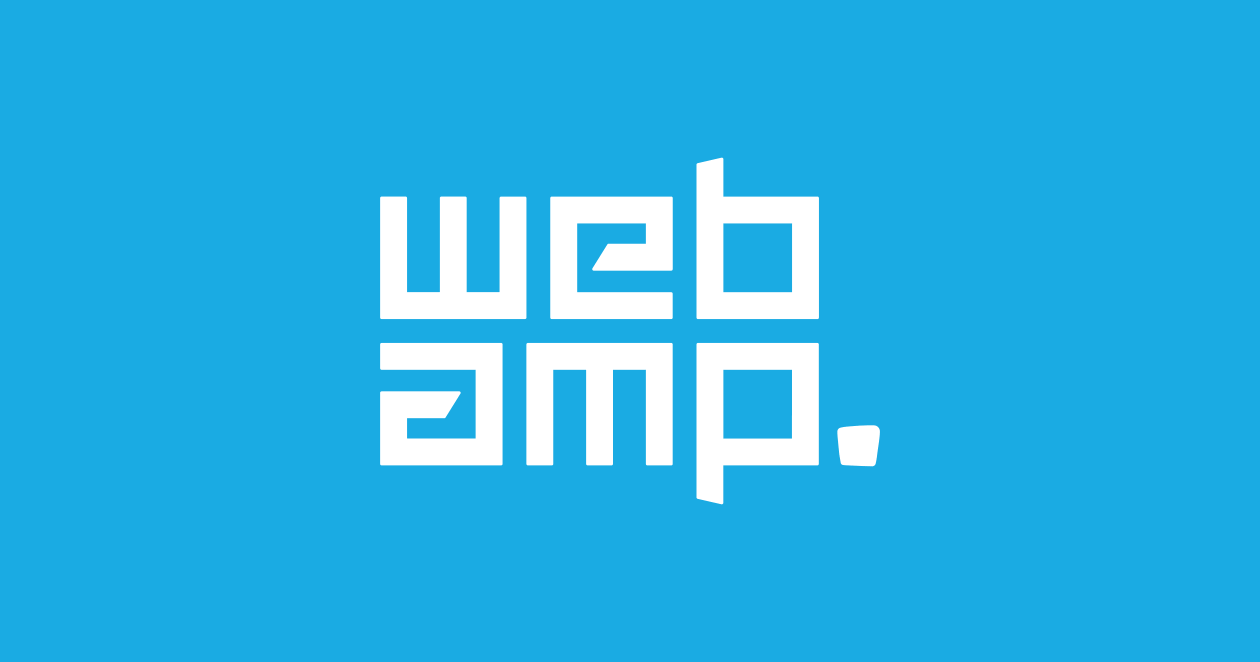
Rejection rate
Imagine a door that is constantly swinging. Some visitors walk through this door with a clear goal to perform a specific action, while others aren't looking for anything in particular - they just take a quick look and leave. Your website is a kind of digital space where the door also swings. The percentage of visitors who immediately leave your website is called your bounce rate. The longer your visitors stay in your digital space, the better your website will perform. But why is that?
What is bounce rate - and why is it important?
Also known as a bounce rate, the bounce rate is the percentage of users who leave your website very quickly after viewing just one landing page. Imagine walking into a store, only to immediately turn on your heel and walk out. Is it because the store doesn't have what you're looking for? Or is the atmosphere uninviting? This scenario is the metaphor for a high bounce rate on a website. It's the virtual version of not feeling at home.
A low bounce rate thus indicates that your visitors find your content engaging and relevant to their search, and thus decide to hang out on your website a little longer. A high bounce rate is not as fun, because it can indicate the opposite - simply that users believe that they did not find relevant content on your website that matches what they were looking for.
The bounce rate can give you valuable input by clarifying whether your website's content is relevant and engaging, which is why the bounce rate is important. It can be an indication of whether visitors are finding what they are looking for or if they are experiencing challenges on your site.
Does your bounce rate affect your SEO success?
SEO, or search engine optimization, is the art of improving your website's visibility in search engines such as Google. Your bounce rate directly affects your SEO . If many of your website's visitors quickly leave your website, search engines may perceive that your content is not relevant or of high quality.
Google will perceive this as your website having poor usability and penalize it with low rankings in search results. This creates a vicious circle because a poor ranking in the search results means less traffic to your website - fewer people in the revolving door. A website that doesn't attract visitors will unfortunately be rewarded with a worse ranking in the search results.
But a high bounce rate is more than just an obstacle. You can see this bounce rate as a sign that it's time to work on your usability. By understanding and optimizing your bounce rate, you can improve your SEO and your website's ranking. It may be a good idea to seek help with this from an experienced SEO agency.
Guide to improving your bounce rate
Improving your bounce rate can be a useful tool on the journey to SEO success. Here are some concrete stops you can make on this journey:
- Optimize your website's loading speed:
A slow page can frustrate visitors and cause them to quickly leave your website. - Make your content easy to read:
Implement subheadings, bullet points and use relevant images to increase engagement. - Customize content for your audience:
Know your audience's preferences and present content that speaks directly to them. - Provide a clear navigation structure:
This helps visitors find what they are looking for and improves their overall experience on your site.
By improving your usability, you can also improve your bounce rate, which will ultimately improve your ranking in search results - and drive traffic to your website.
Rejection rate and CRO: Is there a connection?
So now you've improved your bounce rate and users are staying on your website for longer. Now it's all about getting these users to convert - that is, increasing your conversion rate by getting them to perform a desired action. CRO, or conversion optimization, focuses on turning your visitors into customers.
A high bounce rate can be an indicator of a low conversion rate. A high bounce rate can therefore be seen as a sign that you should work on optimizing your CRO strategy.
Here are a few tips for creating a successful CRO strategy:
- First, identify your goals and understand how users interact with your website by collecting and analyzing data.
- Next, you can use this information to test different solutions to improve user experience, reduce your bounce rate and increase conversion rates.
- Finally, once the most effective solutions are identified, you can implement them to continuously improve your CRO.
Are you ready to test your knowledge?
It is the percentage of visitors who leave your site after viewing only one page.
A high rate can indicate low quality or irrelevant content, which can negatively affect your ranking in search results.
Optimize your content, work on your page load speed and make sure your overall user experience is good.
The bounce rate gives you insights into user behavior and can help improve the SEO strategy.
Yes, for example, if your site is primarily informative content and readers only come to read the latest post.
Get even smarter and increase your online presence
Whether you're a generalist or a marketing specialist, our specialists have put together some great advice for you on our blog.
Learn more at Webamp Academy.
-

Auto-generated texts
Content, SEOExplore auto-generated texts and their impact on SEO. Discover the pros and cons of using AI-written content on your website. -

Gamification
MarketingGamification is a powerful tool to engage and interact with your customers. Learn more about how you can implement gamification here. -

E-commerce
WebUnderstand the versatility of e-commerce, the business benefits and the steps to get started with online commerce. Create your own success in the world of e-commerce. -

Subdomains and subfolders
SEO, WebDo you also have trouble distinguishing between subdomains and subfolders? Or are you curious to learn more about them? Read more about it here. -

Black Friday
Marketing, PPC, SEO, Social ads, WebGet our top takes on Black Friday. Learn how to plan your SEO and Google Ads strategy for the big shopping day. Read much more here. -

User experience
Marketing, WebDiscover why user experience matters in today's digital age. Learn how to improve user experience to attract and retain your customers. -

User journey
Marketing, ModelsDiscover user journeys and how they can improve your business. Learn how to create and optimize user journeys for increased customer satisfaction and business growth.
